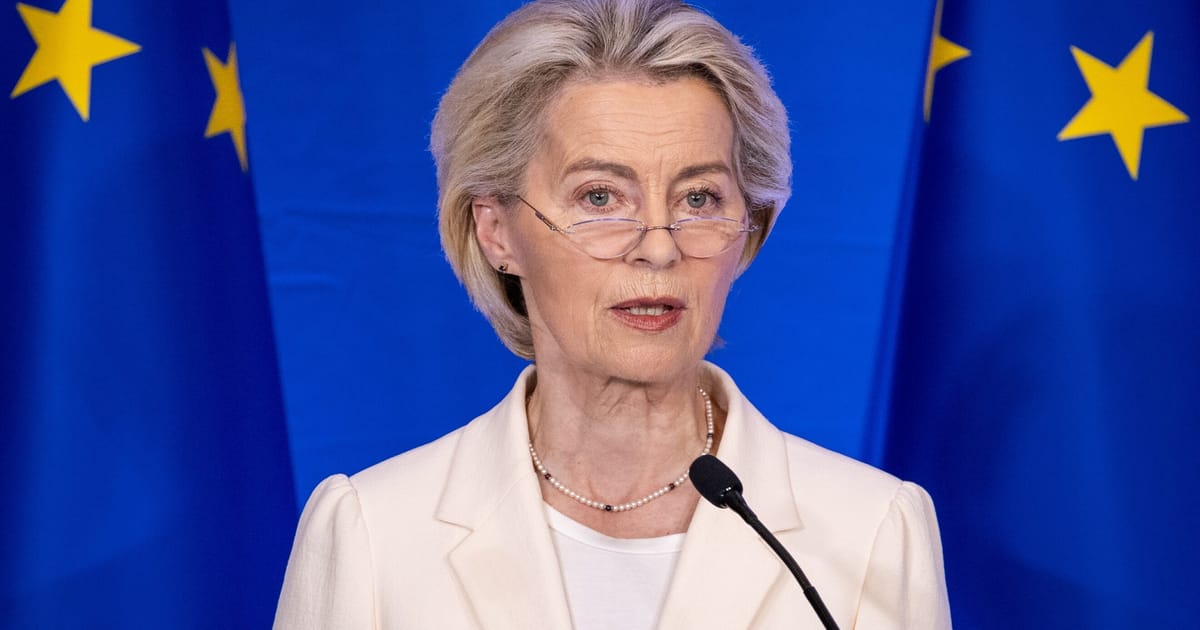

In a world increasingly defined by interconnectivity, the intricate relationship between the European Union and the United States remains critical. This pivotal alliance is currently in the spotlight as both parties navigate complex trade discussions beset by discrepancies and ambitious promises. Amidst these negotiations, the nuanced interplay between policy, industry, and global economics unfolds, highlighting both challenges and opportunities for growth.
At the core of recent discussions is a burgeoning trade agreement between Brussels and Washington. Despite its potential, there remains a notable divergence in understanding regarding the agreement’s terms and repercussions. While intended to streamline trade processes and bolster economic ties, discrepancies in interpretation have led to some confusion. European leaders strive to elucidate these elements, aiming for a clear and mutually beneficial accord.
A cornerstone of this interaction is a considerable $750 billion energy commitment from the EU towards U.S. energy imports. However, experts caution the feasibility of such an ambitious pledge. Constraints, including technical challenges, limited U.S. energy supplies, and the EU’s jurisdiction over imports, cast doubt on the viability of fulfilling these promises. This underscores the complexity of aligning political intents with practical capabilities, highlighting the need for grounded, actionable strategies moving forward.
Notably, certain sectors, such as the automotive, aviation, and semiconductor industries, emerge relatively unscathed from the unfolding trade dynamics. These industries have successfully navigated the intricate web of tariffs, securing a more favorable position in this evolving landscape. This resilience emphasizes their strategic significance and adaptability within the broader market context.
Conversely, the European pharmaceutical sector faces considerable challenges due to the imposition of a 15% tariff on medicines imported to the U.S. Labelled a “blunt instrument” by industry leaders, these tariffs could potentially hinder patient access to essential drugs and disrupt established supply chains. This highlights the delicate balance between implementing protectionist measures and safeguarding essential consumer interests across borders.
Amidst these developments, the International Monetary Fund (IMF) offers a cautiously optimistic outlook. The organization has upgraded its global growth forecast for 2025 in response to eased tariff tensions and improved trade relations. Nonetheless, it advises vigilance, noting that certain U.S. policy directions remain uncertain, presenting potential risks to sustained economic recovery.
Meanwhile, in a separate domain, the potential merger between Union Pacific and Norfolk Southern marks a significant milestone in the U.S. rail industry. This proposed $85 billion deal aims to create the first transcontinental railroad, extending from the western to eastern United States. Should it proceed, this merger could catalyze a new wave of consolidation within the railroad sector, reshaping the freight transport landscape across the country.
In conclusion, while the EU-US trade discourse presents multifaceted challenges, it equally offers a platform for dynamic growth and collaboration. As players fine-tune their strategies and deepen dialogue, the prospects for a stable and flourishing economic alliance remain within reach. These developments remind us of the power of cooperation and the transformative potential rooted in a globally integrated economy.
Source: {link}
